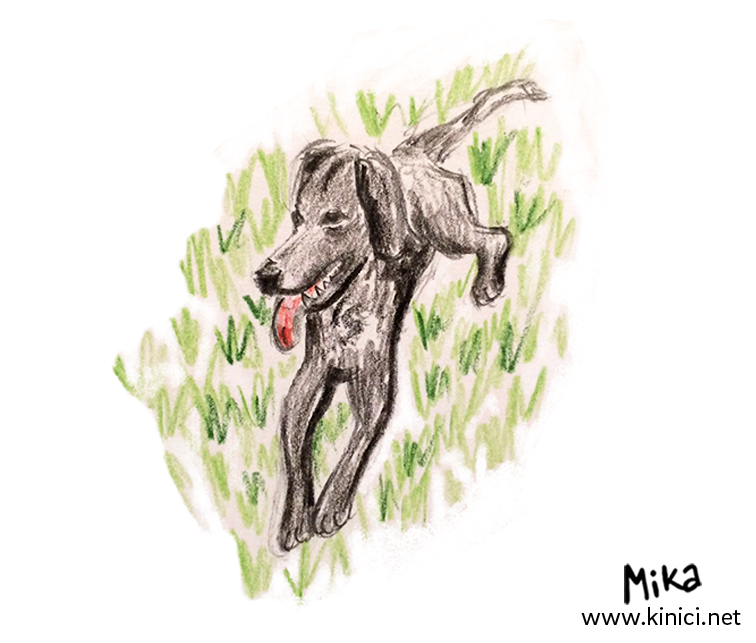The mouth is important instrument of dog communication. Besides making sounds, the positioning of the mouth tells a lot about the mood or intensions of the dog. Whether it is angry, dominant, aggressive, frightened, focused, curious, relaxed, stressed...
Mouth signals are emphasised with ear and eye signals, but messages they send are often ought to be perceived in correspondence with other body parts. Snarling or raised lips are known sign for anger and rage, threat or readiness to attack, but in certain circumstances it can signify a mood and desire for active play.

Basic feelings shown by mouth positioning:
1. Relaxed and content – more or less open mouth with exposed tongue over lower teeth. Panting is present only to regulate the body temperature, but other body expressions do not show it is overheated and that it feels uncomfortable. Of course it does not mean that a dog is not in a good mood if the mouth is shut, but it is wise to watch attentively for other signals and all of them combined.
2. Excitement – a dog will pant which makes the mouth open but body language shows thrill.
3 Attentiveness and interest – closed mouth, tongue and teeth are not visible, ears are slant forward, absence of growling, body is not tense.
4. Threat – closed mouth, ears are slant forward but the dog is growling or is barring its teeth. Body is tense. It is seriously threatening or warning you to step away.
5. Uneasiness – the moth is closed with possible snarl if this feeling is caused by another living being. But when uneasy, lips are often tightly locked. On the other hand, a dog can pant uneasily as an stress consequence, for instance, if it is afraid of car rides.
